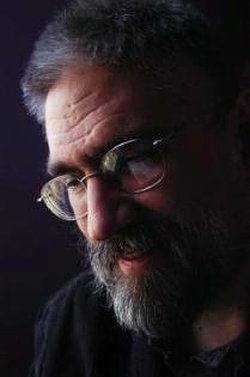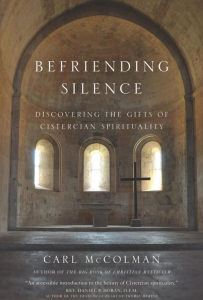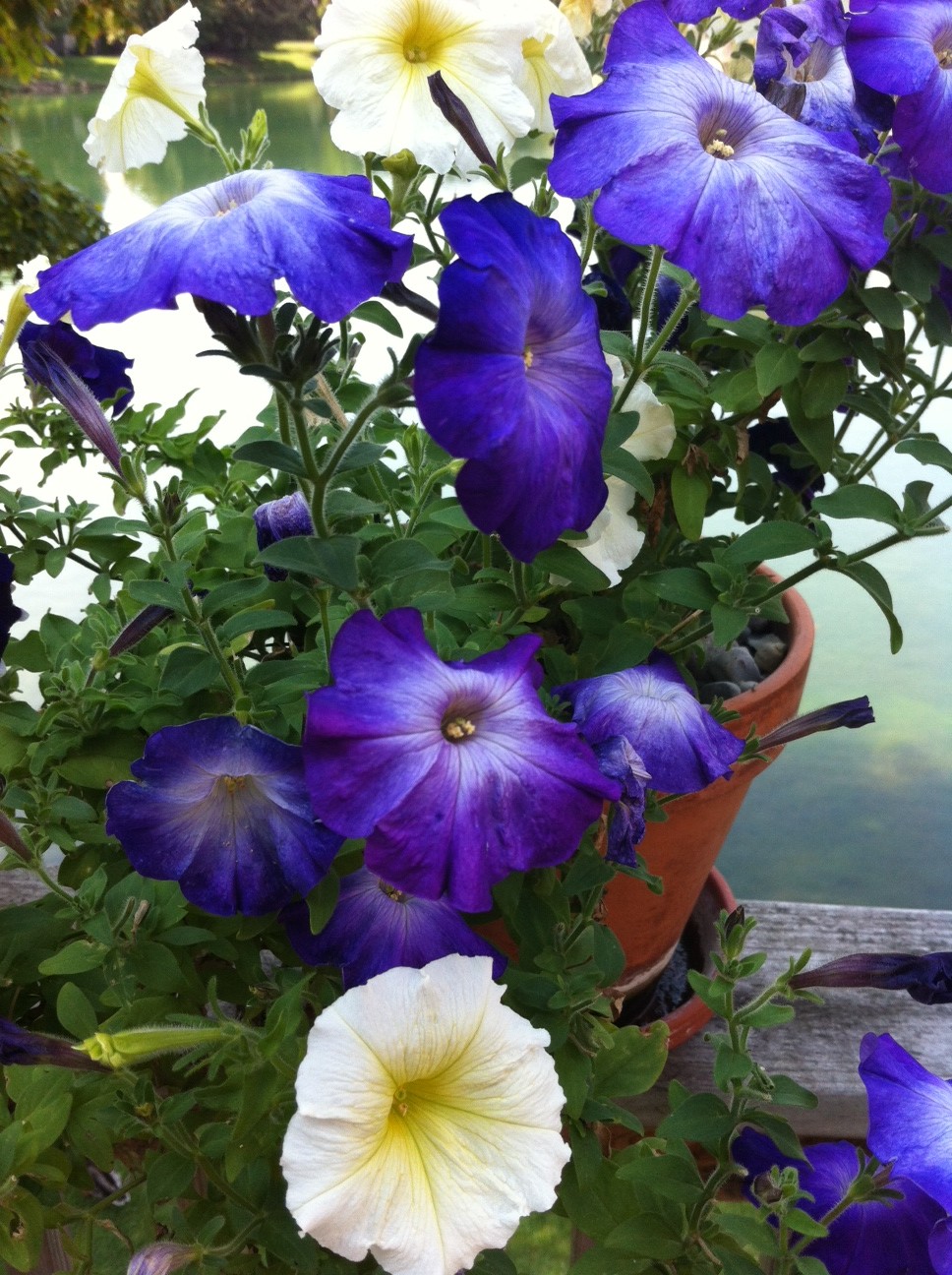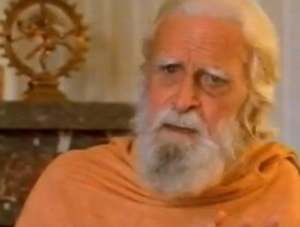In October, 2015, The Only Love Project’s Bill Murphy (BM) spent an enjoyable and fascinating hour on the phone with author and columnist Carl McColman (CM)  whose latest book Befriending Silence: Discovering the Gifts of Cistercian Spirituality will be released on November 20th, according to Amazon.
whose latest book Befriending Silence: Discovering the Gifts of Cistercian Spirituality will be released on November 20th, according to Amazon.
Carl has written over a dozen books on spirituality, blogs regularly on the popular Patheos web site, and is a seemingly inexhaustible source for both encouragement and information – all presented with self-deprecating humor and keen wit.
Many thanks to Carl for his time and insight!
BM: The first question is, “Briefly tell us your background. What would you like others to know about you?”
CM: How do I do this briefly? That’s the tricky part. I think you could call me a seeker. I was raised in a Lutheran home, and I in my mid-50’s now. Over the last 40 years I have really kind of wandered. I got involved in Charismatic spirituality for a while. In college, I gave up on Christianity and did sex, drugs and rock and roll for a few years. Yes, you can quote that. It’s a little embarrassing, but there it is. Then I washed up on the shore of the Episcopal church and was an Episcopalian for a decade. I have been interested in interfaith dialog since I was in high school and from the Episcopal church I went and spent several years exploring Neopaganism, and did that for seven or eight years until that path ran out of gas for me, and then I revisited something that I had also been interested in since high school — the contemplative tradition of the Christian faith which for me really meant connecting with Catholicism. So I was received into the Catholic church in 2005. It’s been over ten years now, and I am still a Catholic. Like many Catholics, I do struggle with being a Catholic, but I love being a Catholic so that’s where I am. In 2007, I entered into formation as a Lay Cistercian and made my life promises in 2012 which means that I am under the spiritual direction of Trappist monks and am part of a community of lay people who follow the spirituality of the Trappists and apply it to our lives outside the cloister. I am still very interfaith. I hang out with Buddhists a lot. I hang out with Muslims. I am very involved with the Atlanta interfaith community, but I am grounded in the Christian tradition. I guess I could call myself a contemplative. I think there is a little bit of pride in doing that. Let’s just say I am a student of the contemplative path. That is a humbler way to put it.
BM: Yeah.
CM: I am also very much committed to engage in the spirit of Vatican II, to engaging people of other traditions to learn from them, to be their friends, and hopefully to work together to build a better society, so that’s it in a nutshell — and I am an author and a blogger, so people should all go visit my blog.
BM: Absolutely, and I will link to it. I will link to not only your website but your blog as well. [Which I did in my introduction above.]
CM: Yeah.
BM: So the second question I pretty much believe we have covered, but “Would you consider yourself a spiritual person?” [Laughs.]
 CM: Well, you know, that’s kind of a loaded question. As you know there is a kind of a big phrase out nowadays: “I am spiritual but I am not religious.”
CM: Well, you know, that’s kind of a loaded question. As you know there is a kind of a big phrase out nowadays: “I am spiritual but I am not religious.”
BM: Yeah.
CM: And that’s not me. I am very comfortable having identity as a religious person, so I have a narrow definition of spirituality. For me spirituality means that as a follower of the Christian faith, I take the presence of the Holy Spirit in my life seriously.
BM: Uh-huh.
CM: And I am not a fundamentalist Christian. I don’t subscribe to the idea that only Christians go to heaven, you know, and that only Catholics only go – or any of that kind of nonsense. I think the Holy Spirit touches people in many, many different ways and shows up in many, many different guises or names if you will. Earlier today I was Continue reading

 My wife has a green thumb. No. I take that back. Her entire body is green. She can magically transform any space — like our balcony — into a haven of wondrous sights and smells.
My wife has a green thumb. No. I take that back. Her entire body is green. She can magically transform any space — like our balcony — into a haven of wondrous sights and smells.